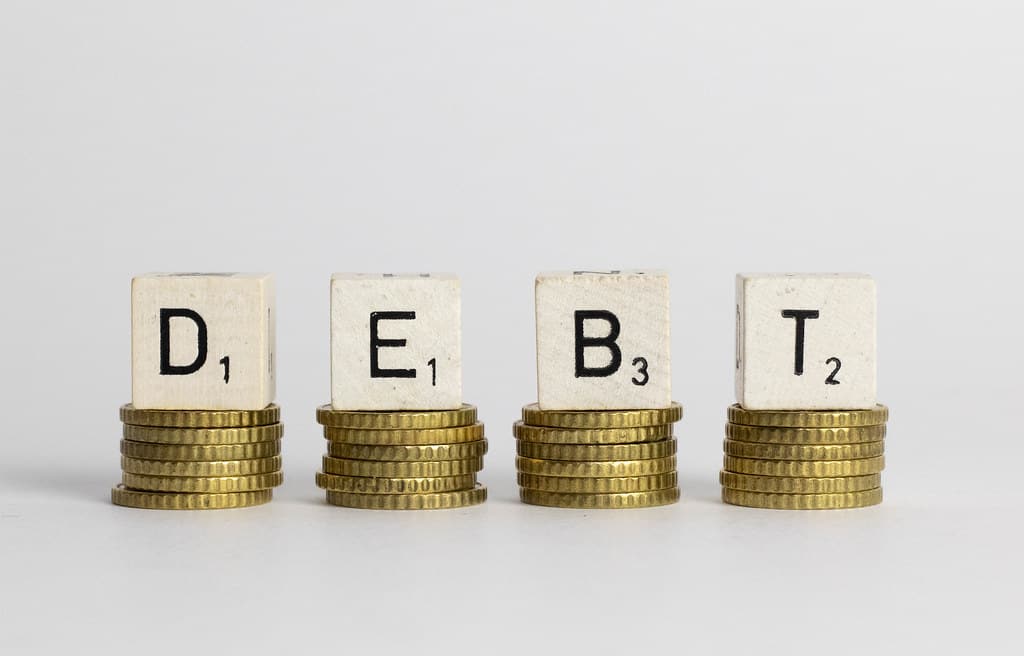The Chinese central government is stepping up its crackdown on the hidden debt of local government with the recent launch of two new directives, as well as the convening of meetings by regional authorities.
Beijing recently launched the “State Council Opinions on Preventing and Resolving Local Government Hidden Debt Risk” (中共中央国务院关于防范化解地方政府隐性债务风险的意见) and the “Local Government Hidden Debt Accountability Measures” (地方政府隐性债务问责办法).
Liu Kun (刘昆), China’s finance minister, said that the next step would be to firmly contain growth in hidden debt, monitor and spur the rectification of irregular conduct in relation to government investment funds, public-private partnerships (PPP) and government service procurements, as well as strictly ban all forms of illegal guarantees or covert fund-raising.
The finance minister also called for “appropriate disposal of outstanding hidden debt, province-level governments to bear overall responsibility for debt within their own jurisdictions, and governments below the province-level to bear their responsibilities.”
State media reports that local governments around China have since convened meetings in relation to the two new directives, as well as unveiled concrete plans for tackling the issue of hidden debt.
The government of Hualong district in Puyang city, Henan province, issued the “Notice Concerning the Issuance of the Hualong District Hidden Debt Risk Resolution Implementation Plan” (关于印发华龙区化解隐性债务风险实施方案的通知) which indicates that total hidden debt was 2.643 billion yuan as of the end of June, as compared to in-system debt of 873 million yuan, for a total debt ratio of 193%.
Changqing district in Jinan city, Shandong province, issued the “”Notice Concerning the Issuance of the Jinan City Changqing District Outstanding Hidden Government Debt Risk Resolution Plan” (关于印发济南市长清区存量政府隐性债务风险化解方案的通知), which indicates that as of the end of 2017 unified government debt and expenditure liabilities were 6.521 billion yuan, for a debt ratio of 94.91%.
“The release of the two new directives [by Beijing] clearly shows the strong emphasis placed by the state on hidden debt, as well as efforts to get to the bottom of hidden debt in various regions,” said Zhang Yiqun (张依群), head of the Jilin Province Financial Sciences Research Institute (吉林省财政科学研究所) to Securities Daily.
According to Zhang the new directives mark a shift from passive response to active prevention of hidden debt, as well as “organic integration” and coordinated regulation of both hidden debt and explicit debt, and the full inclusion of hidden debt with the purview of state regulation and control.
Zhang said that hidden debt in China is often characterised by comparatively high levels of complexity and risk, given that the funding sources, uses, rates, repayments and maturities are unknown to external observers.
For this reason Zhang outlined several key measures for better regulation of hidden debt, including
i) Clarification of actual figures;
ii) Categorisation and segregated management;
iii) Implementation of tailored policies based on local conditions;
iv) Use of swaps and repayments to gradually resolve outstanding debt.
Related stories
Beijing Orders Local Governments to Tackle Hidden Debt Pile
Long-term PPP Expenditures Deemed Hidden Local Government Debt


